Preventing Common Baby Injuries
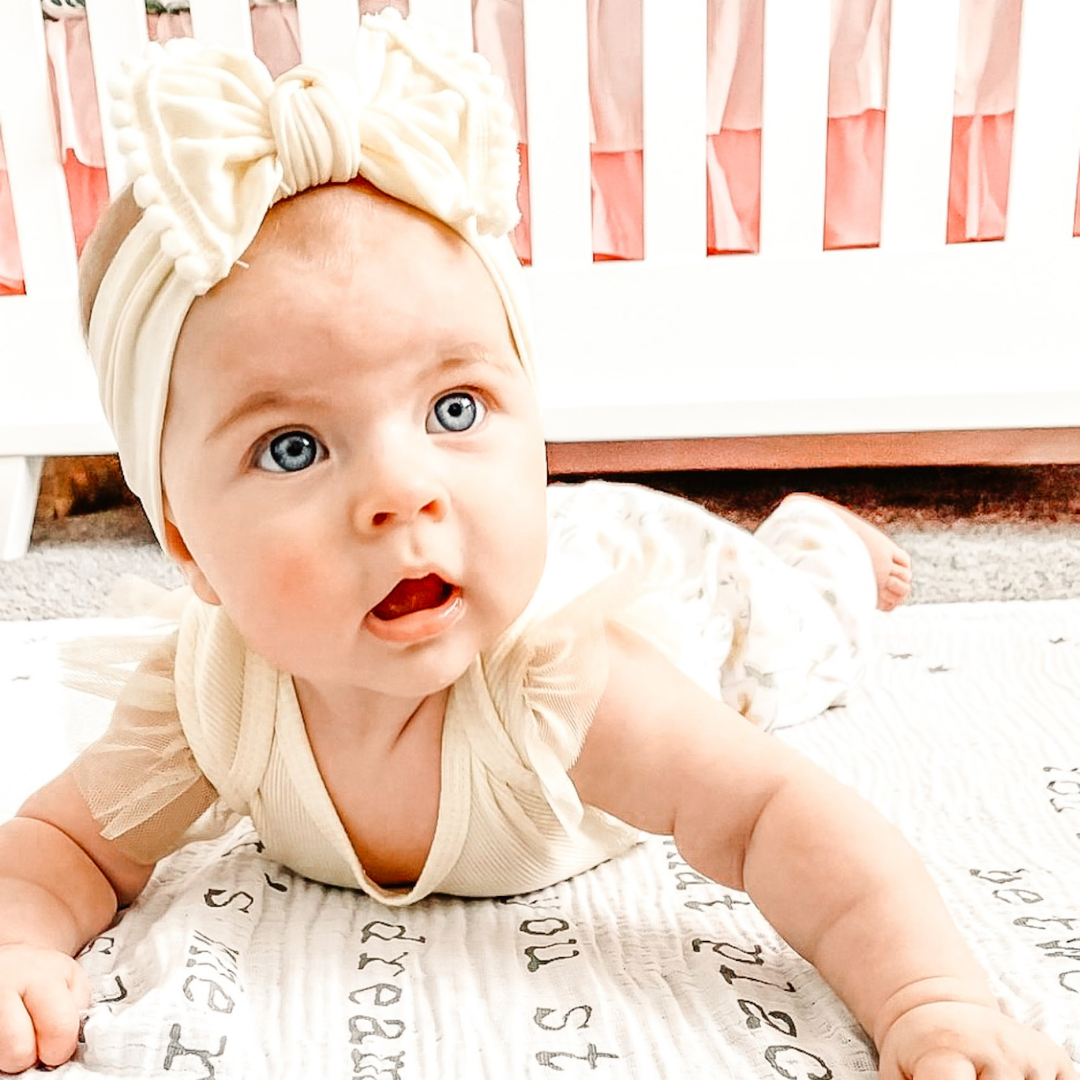
It’s September 1st, which means it’s National Baby Safety Month! To celebrate, we want to talk about preventing common baby injuries. Safety-proofing your entire home is always important, but in today’s post, we would like to focus on preventing the top injuries that infants (aged birth to six months) may experience.
1. Burns
• Once a baby gets to be between three and five months old, he or she will begin waving his or her fists and grabbing at things. Do not carry your baby at the same time as carrying hot items, such as coffee or food, as you could spill it on your little one and burn him or her.
• Be sure that your water faucet produces a maximum water temperature of 120 degrees Fahrenheit. During baths, this will help your baby avoid scalding hot water. You can adjust your water heater for this setting.
• If burning occurs, immediately put the burned area in cold water for a few minutes. Cover the burn with a bandage and call your doctor.
• Be sure that smoke alarms are installed in every level of your home to protect your baby (and you!) from house fires. Test the alarms each month to be sure that they work and practice a fire escape plan.
2. Falls
• Babies fall often as they begin crawling and walking. They can also be very squirmy and unpredictable. Never leave your child alone on the changing table, bed, couch, or chair. When you cannot hold your baby, place him or her in a safe place such as a crib or playpen.
• Stairwells are also a common culprit of infant falls. Be sure to use a gate to block off all stairwells going up and down.
• You may also want to be aware of objects that could fall on your baby. Utilize furniture straps to suspend furniture to the wall so that dressers and other heavy objects won’t fall on your little one.
• If your child does not act normally after a fall, be sure to contact your doctor immediately.
3. Choking
• Babies are prone to exploration, which means putting any small object they find into their mouth. Always be sure that small toys and other items are off the floor.
• When your little one begins eating solid foods, be careful when feeding chunks of food such as carrots, apples, hot dogs, grapes, and popcorn. Cut pieces of food into very small bites or use a baby food grinder to mash food.
• If your baby starts to choke and cannot speak or breathe, he or she needs immediate attention. Follow these instructions to rescue a choking baby:
If your child is an infant, place him or her face down on your forearm so that the head is lower than the chest.
Support the head in your palm against your thigh.
Using the heel of one hand, give 5 back slaps between your baby’s shoulder blades.
If the object does not pop out, support your baby’s head and turn him or her face up on your thigh, keeping the baby’s head lower than the body.
Place a few fingers below the nipple line and give 5 quick chest thrusts.
Repeat until the object comes out or the baby faints.
• If your baby faints, immediately call 911 if you have not already. At that point, begin performing CPR until the object is dislodged. If you see an object in your baby’s mouth, take it out, but do not stick your finger down your baby’s throat to feel for an object if you cannot see it.
4. Suffocation
• When putting your baby down to sleep, always lay him or her on his or her back to reduce the risk of sudden infant death syndrome (SIDS). The crib should be without pillows, stuffed animals, bumpers, and loose bedding. Never place your baby around anything that has the potential to cover his or her nose and mouth.
• Keep plastic bags, wrappers, and seals away from your little one, as well. If placed over the nose, these objects can suffocate your child.
5. Car Safety
• Car seat safety is imperative for the health of your infant while traveling in a vehicle. Here is a list of the types of car seats for different age groups along with general guidelines. Infants should always have rear-facing car seats until they reach the highest weight and height allowed by the car seat manufacturer.
• It’s also important that your baby’s car seat be installed correctly. Be sure to read and follow the instructions for installation of the car seat as well as your car’s owners’ manual. Always use a car seat when your child travels with you in the car. See this article for a list of resources that assist with car seat safety.
 Canada
Canada South Africa
South Africa UK
UK EU & Int
EU & Int Ireland
Ireland Australia
Australia Brazil
Brazil New Zealand
New Zealand





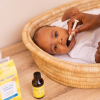
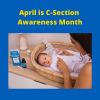
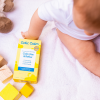



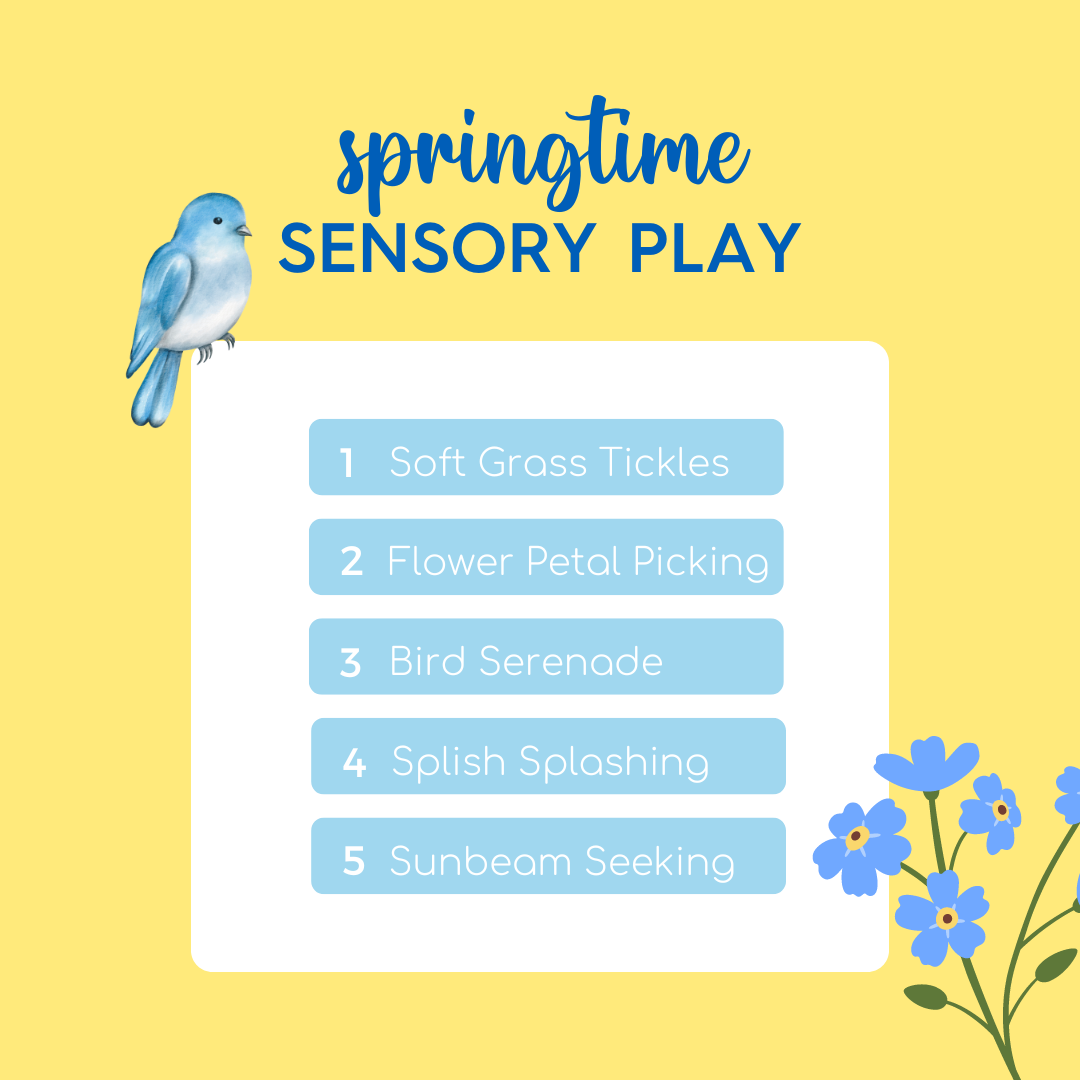
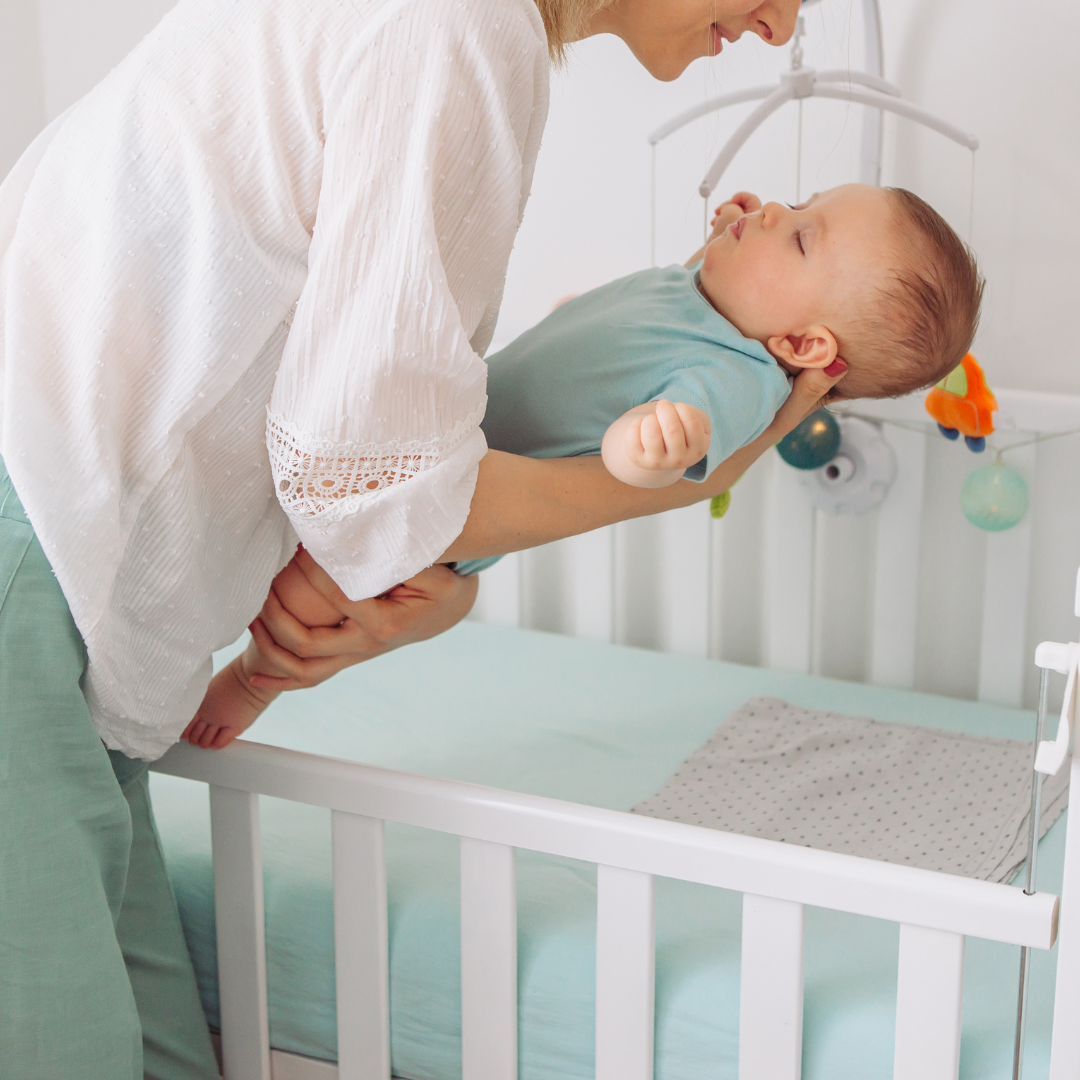
Comments